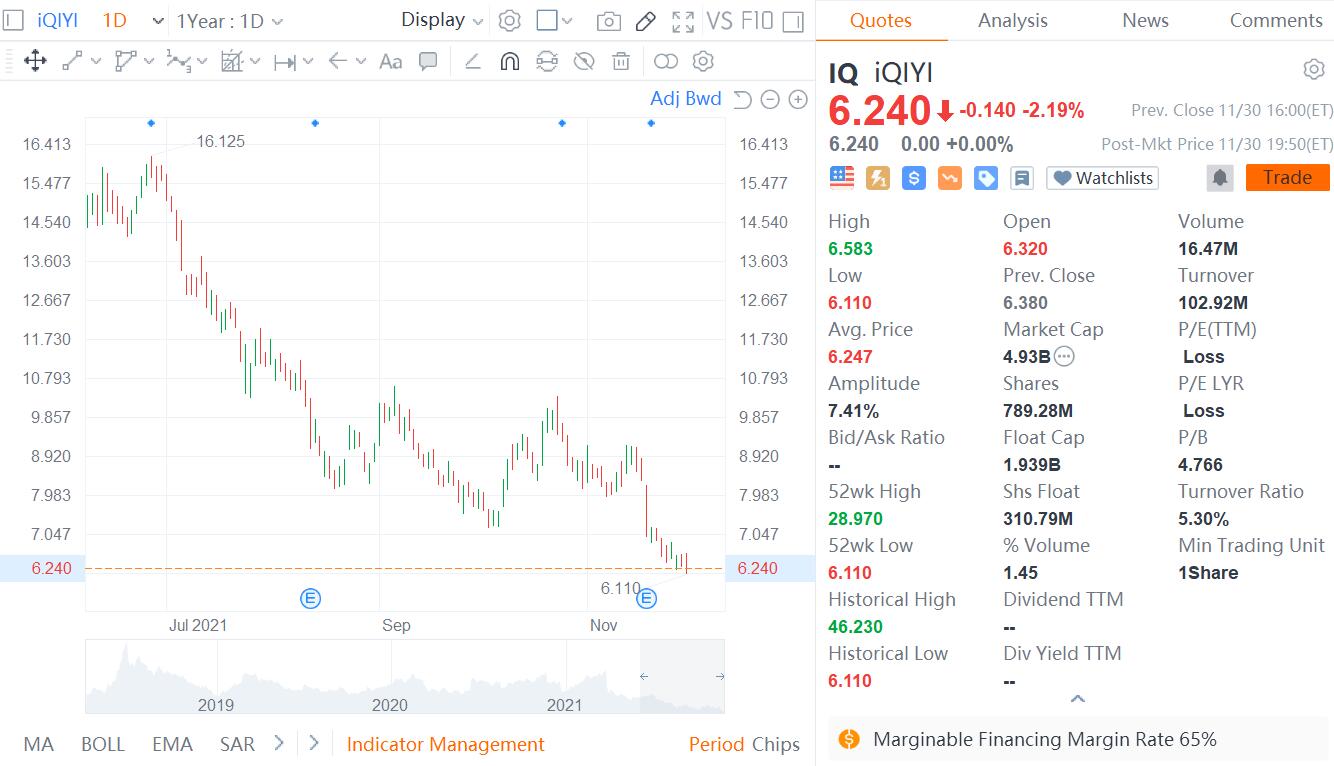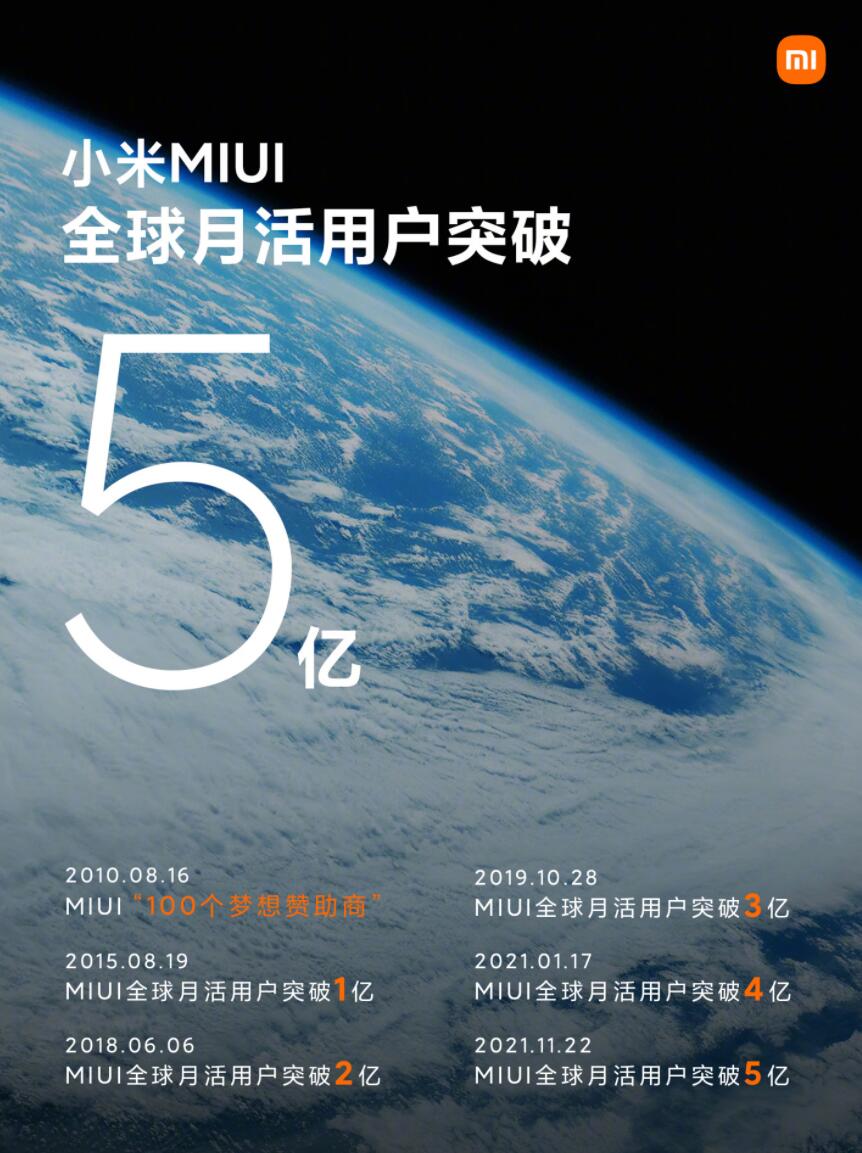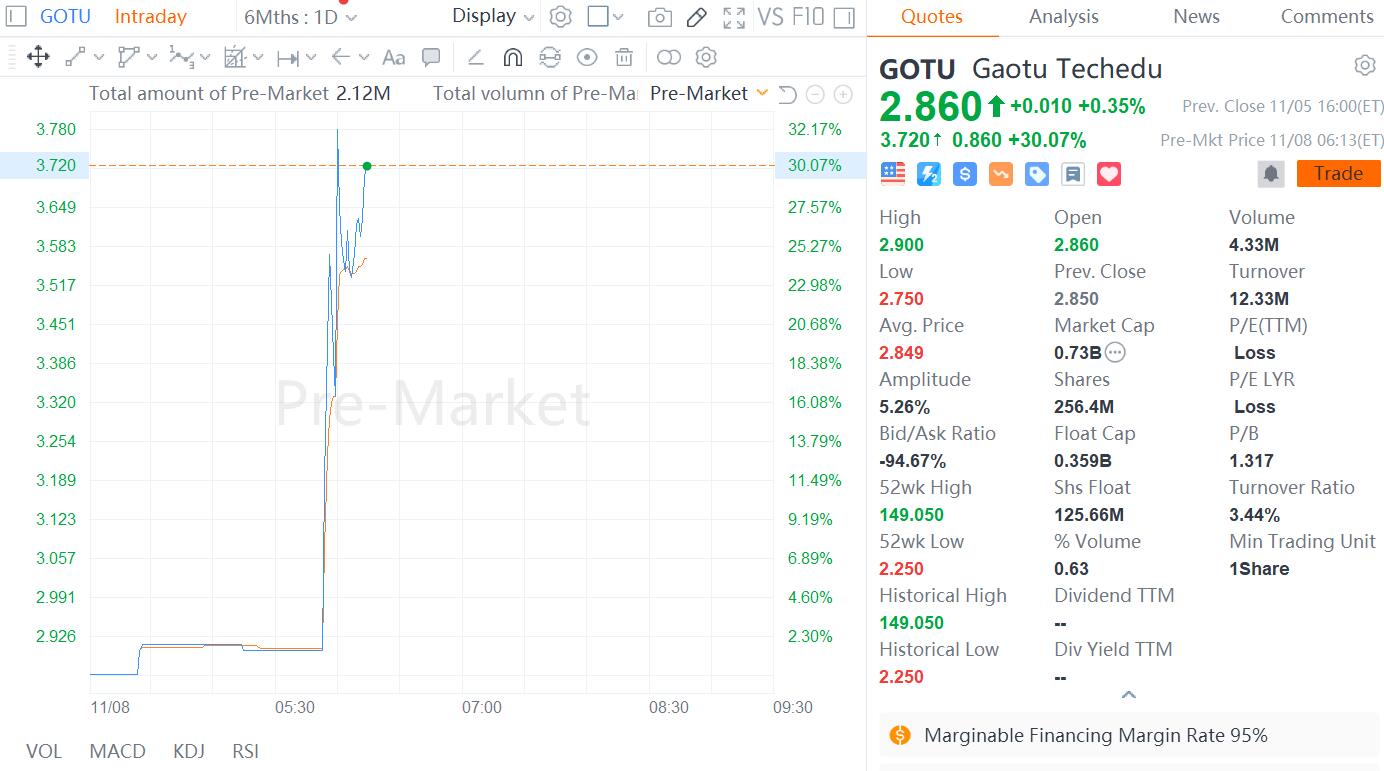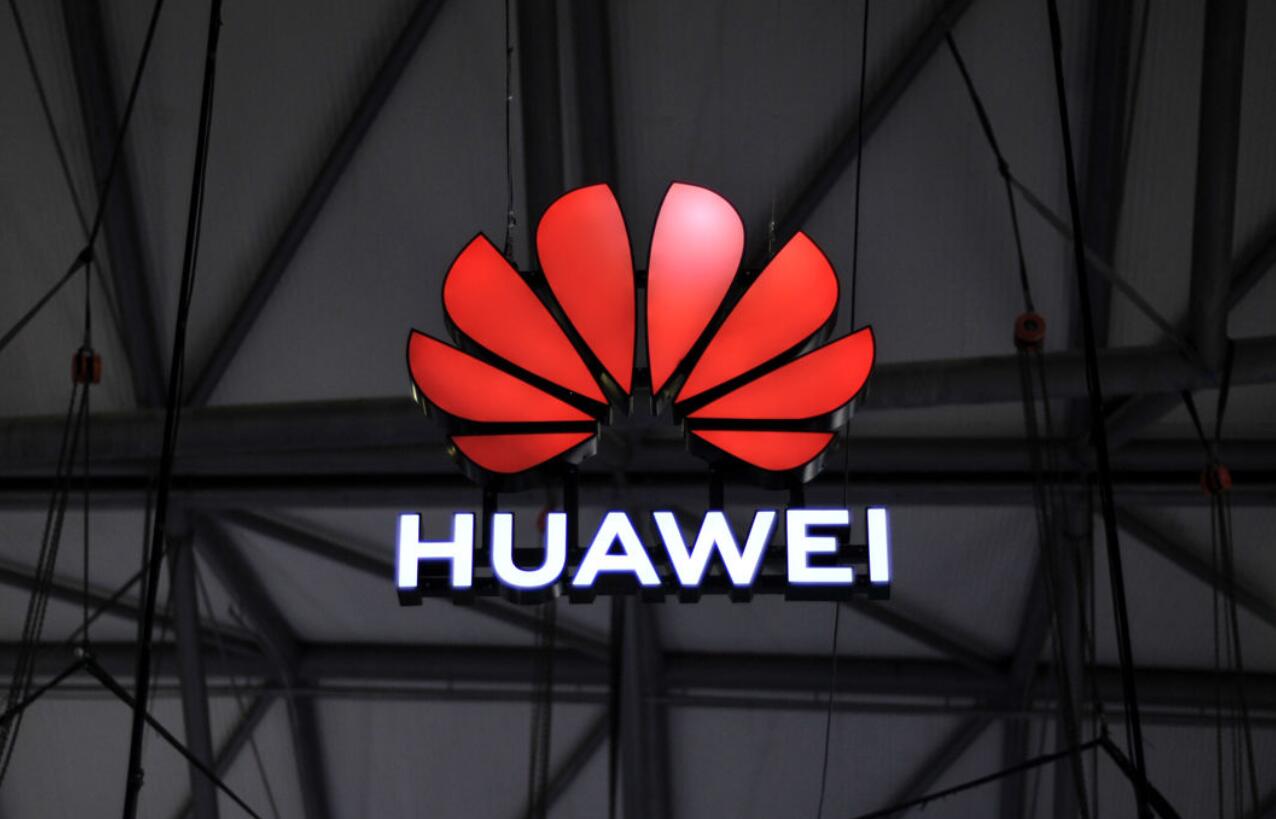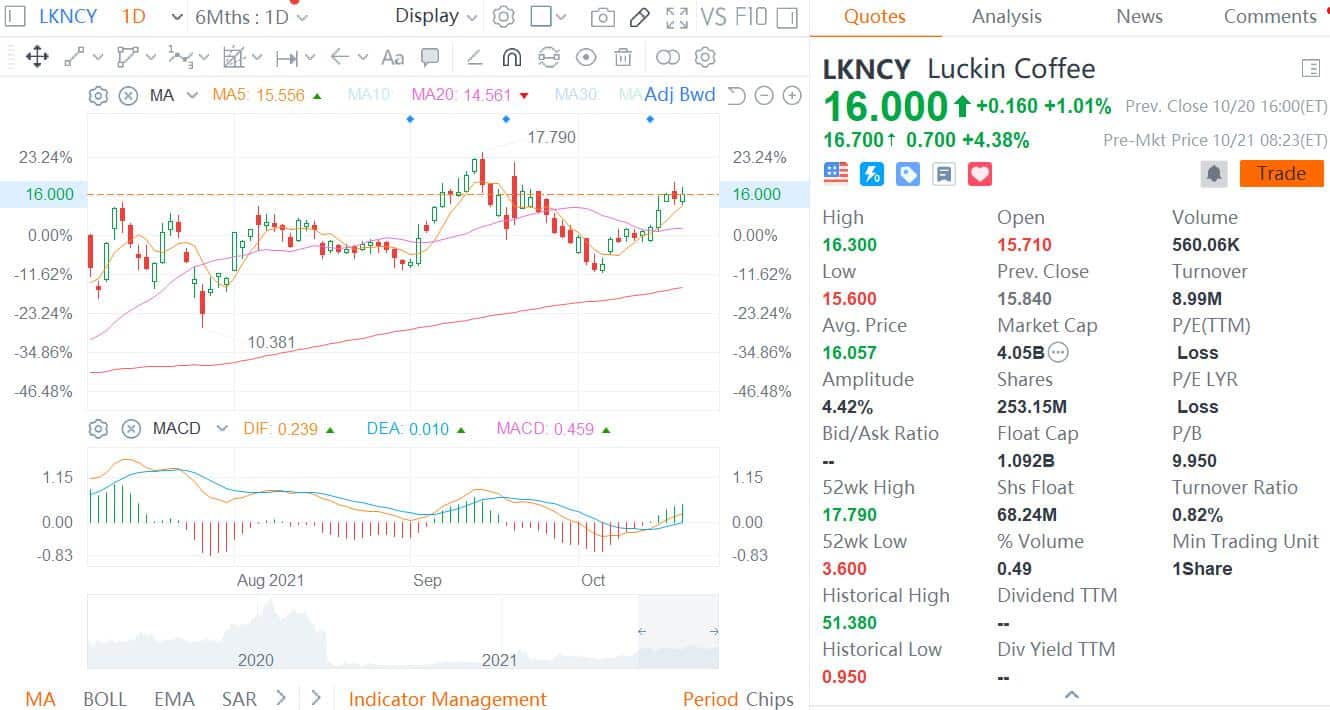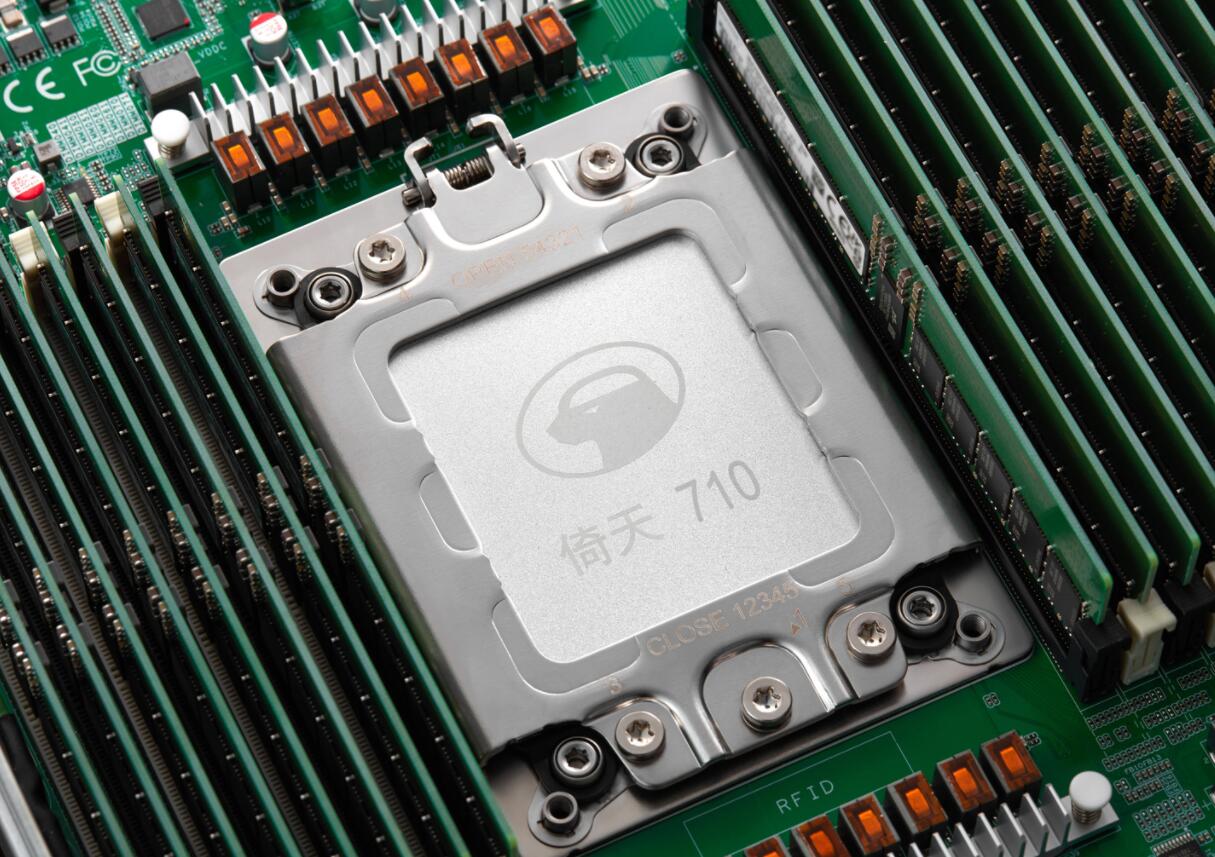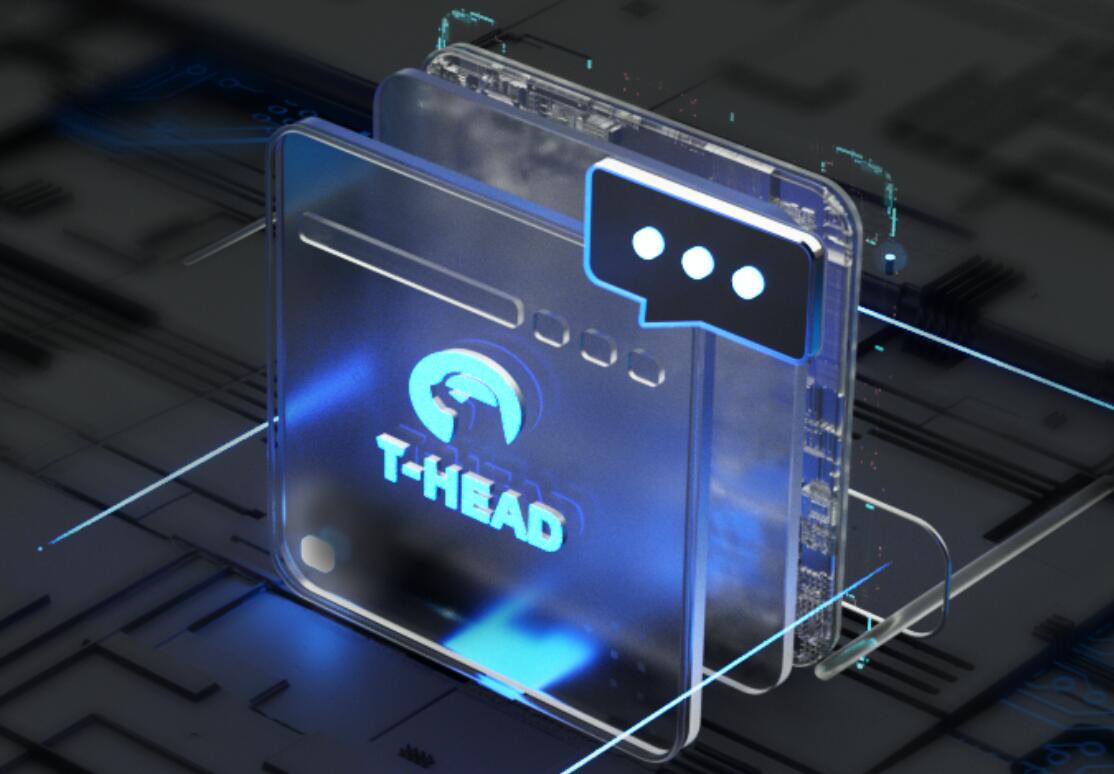There are four types of flash memory particles: SLC, MLC, TLC, and QLC. Japanese website PCWatch analyzes the development trend of NADN flash memory and points out that QLC flash memory will develop at least four generations of products.

After nearly two years of decline, SSDs finally started to increase prices by the end of 2019, even more than 60%. However, the price of SSD products has been slightly loosened recently, but the price is still not cheap.


The first generation is Intel released 660P in 2018, using 64-layer 3D stack; the first generation QLC flash memory is not satisfactory in terms of performance or reliability.
Intel launched the 665P series in 2019 using the second-generation QLC flash memory, 96-layer 3D stack, performance and reliability have been greatly improved, and the life of the 1TB version has been increased from 200TBW to 300TBW.

The third-generation QLC flash memory has been released at the end of 2019. The stack has 144 layers and the storage density is 1.5 times that of the 96-layer stack. For hard drives, the price of the 1TB version will be reduced to 9,300 yen, the actual price is about 7,000 yen.
The number of layers of the fourth-generation QLC flash memory stack will be increased to 192 layers, the storage density will be 1.33 times that of the 144-layer stack, and the cost will be reduced to 3/4 of the previous generation. The price is about 5,000 yen.
The fourth-generation QLC flash solid-state hard drive with 1TB capacity can reduce the cost to about 300 yuan, which is slightly higher than the mechanical hard drive. However, PCWatch's calculation is too ideal, and considering the market and other environmental factors, its price cannot be fully idealized.
Current QLC flash solid-state drives stall very seriously when large files are written, and some I/O performance is not even as good as traditional HDD mechanical hard drives.




